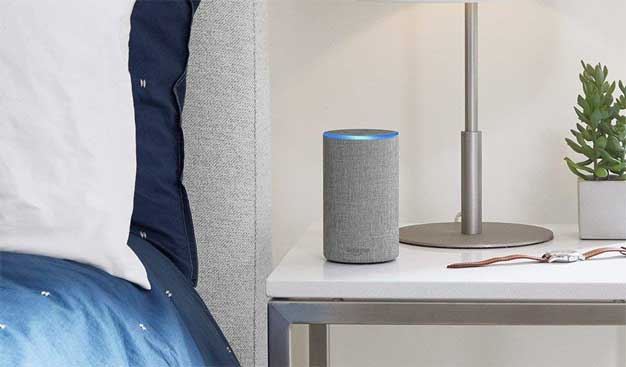Study: Voice Assistants Like Amazon Echo Are Here To Stay, Most Commonly Used For Music
A new study published by Adobe Analytics that looks at the market for voice devices such as the Amazon Echo and Google Home. The study surveyed 1,000 consumers in the U.S. and looked at how people use the devices they own and what they use them for. According to the study, the most common use for voice assistant devices is music playback with 70% of owners using their device for that task. Weather forecasts came in a close second with 64% of owners using their device for figuring out what the weather will be like for the day.

Asking fun questions was a common use for 53% of people along with conducting online searches, something that 47% of device owners have done. Getting news is a common activity for 46% of owners along with basic information research being conducted by 35% of users and getting direction for 34% of users. The study found some new usage scenarios with 36% of users stating they used voice to make calls, 31% for smart home commands, 30% for shopping, 17% for ordering takeout, and 16% use their voice device to research hotels and flights.
Adobe Analytics' Colin Morris, director of product management, says that while trends come and go in the tech world, his firm believes voice is here to stay. Smart speaker device ownership is driving the uptake in voice use with 32% of consumers reporting that they own a smart speaker as of August 2018. In January of 2018, that number stood at 28%. The interesting fact about that growth is that most of the growth in the market, 79% of it, tends to happen in Q4 during the holiday shopping season.
Other tasks that smart speakers are used for include initiating a product search (47%), for creating shopping lists (43%), and for price comparisons (32%). One interesting factoid for the study is that 45% of consumers who already own a smart speaker plan to purchase another one for themselves and 23% plan to buy one for someone else. Out of the people who don’t own a device, 23% of them say they plan to buy one, and 9% of those people plan to buy one for someone else.

